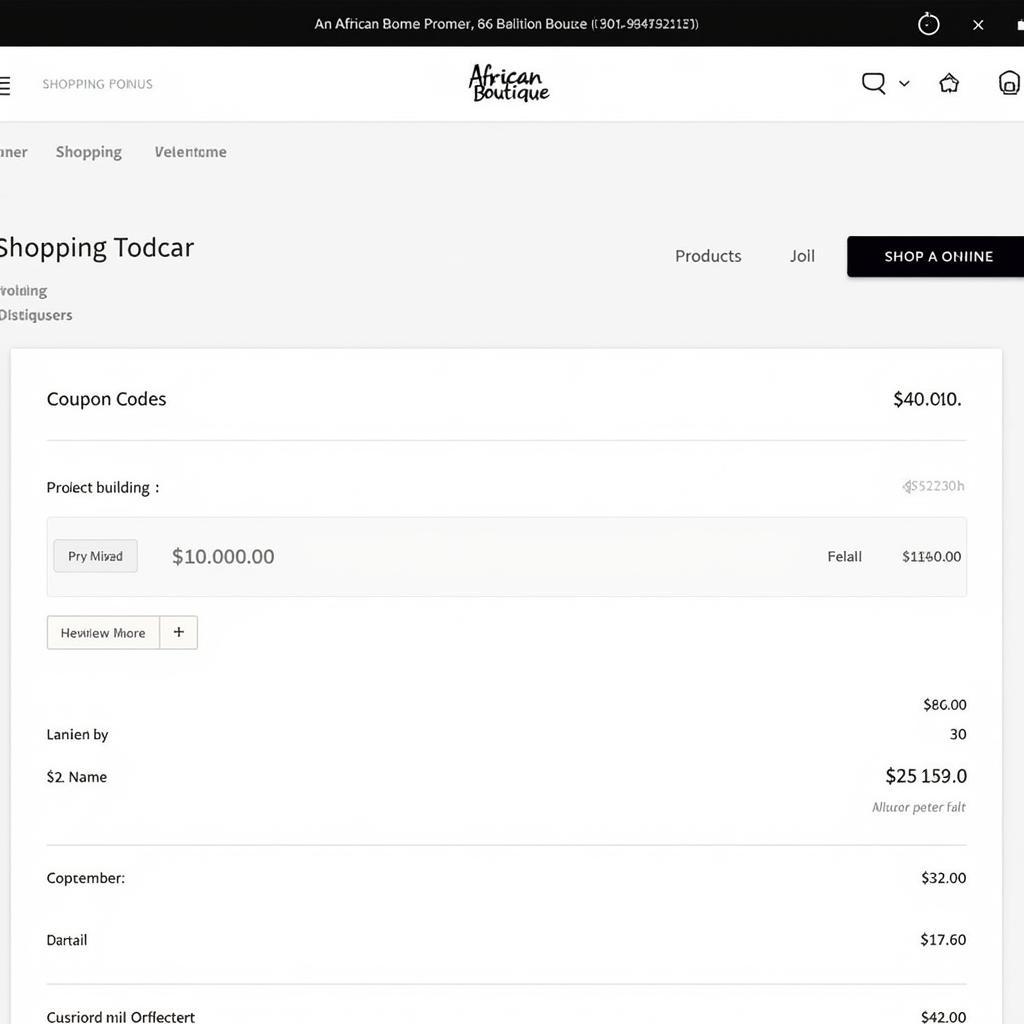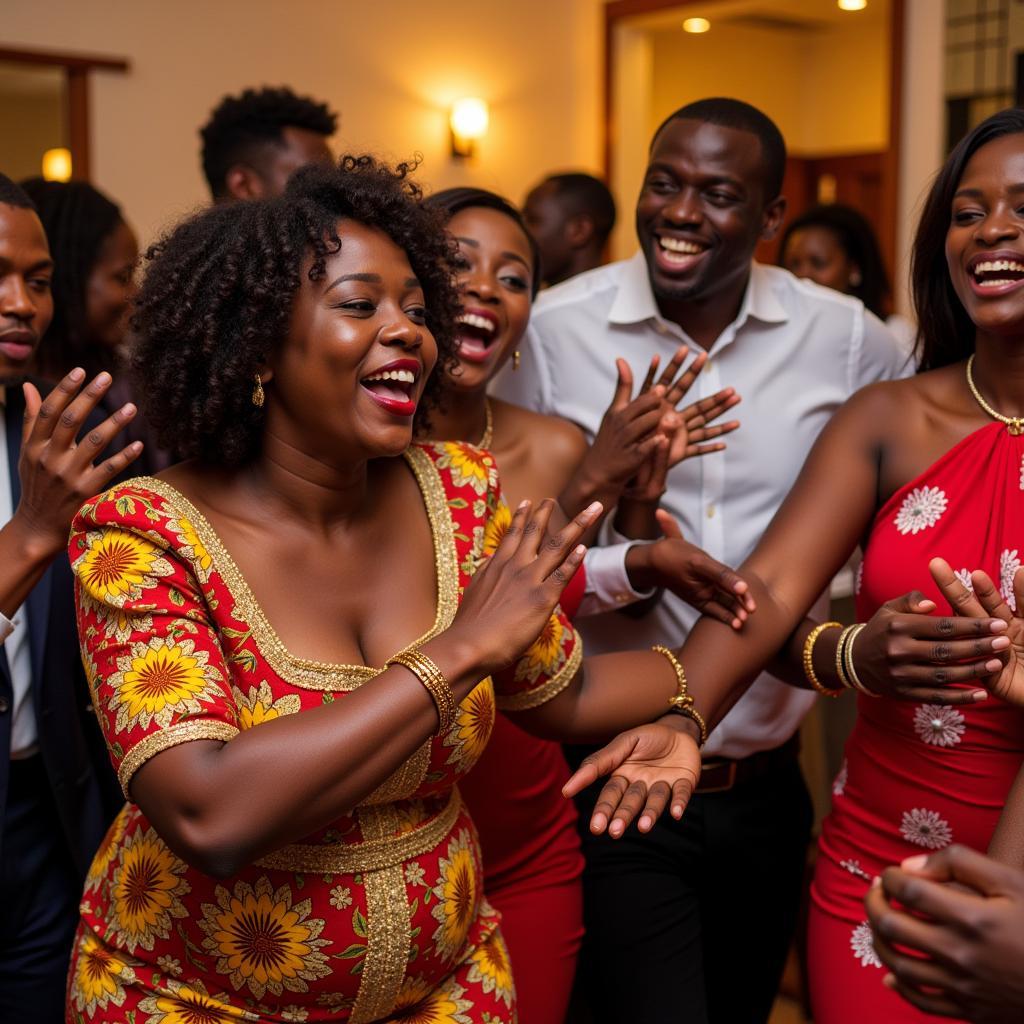The Infectious Energy of African American Line Dance Songs
Line dancing, a staple in African American communities, pulsates with a vibrant energy all its own. From its roots in traditional African dances to its evolution alongside American music genres, it’s a dance form overflowing with history, soul, and undeniable rhythm. African American Line Dance Songs, in particular, hold a special place in this rich tapestry, reflecting the cultural fusion and innovation that defines the genre.
The Deep Roots of Line Dancing in African Culture
Before delving into the specifics of African American line dance songs, it’s important to understand the deep roots of line dancing itself. In many African cultures, dance is not just a form of entertainment but a powerful tool for storytelling, social bonding, and spiritual expression. Traditional dances often involve movements in lines or circles, reflecting a sense of community and togetherness. This emphasis on communal movement laid the foundation for the line dancing traditions that would later emerge in the African diaspora.
A Fusion of Styles: The Birth of African American Line Dance
As Africans were forcibly brought to America during the transatlantic slave trade, they carried their rich cultural traditions with them, including their dances. These traditions, however, did not remain static. They intertwined with the music and dance forms they encountered in the Americas, leading to the birth of new, hybrid styles.
African American line dances, emerging from this cultural fusion, drew inspiration from a variety of sources, including:
- Ring Shout: A highly rhythmic, circular dance practiced by enslaved Africans, often incorporating singing and percussive elements.
- Irish Jig: The lively footwork and structured formations of Irish jigs found their way into African American dance traditions.
- European Folk Dances: Elements of European folk dances, particularly those with line formations, also influenced the development of African American line dances.
The Soundtrack to a Movement: African American Music Genres and Line Dance
Over the decades, African American line dance songs evolved alongside the ever-changing landscape of American music. Each new genre brought its own distinct flavor and rhythm, inspiring new steps and variations on the dance floor.
The Soulful Sounds of R&B
The rise of Rhythm and Blues, or R&B, in the mid-20th century injected a new wave of energy into line dancing. R&B, with its powerful vocals, catchy melodies, and emphasis on groove, proved to be the perfect complement to the dance form. Songs like “The Twist” by Chubby Checker and “Soul Man” by Sam & Dave became instant line dance classics, igniting dance floors across the country.
Funk: Getting Down with the Groove
Funk music, with its emphasis on syncopated rhythms and infectious bass lines, took the energy of line dancing to another level. Songs like “Get Up (I Feel Like Being a) Sex Machine” by James Brown and “September” by Earth, Wind & Fire provided the perfect soundtrack for dancers to showcase their footwork and express themselves with abandon.
Hip-Hop’s Influence: From the Streets to the Line Dance Floor
As hip-hop emerged in the late 20th century, it too left its mark on line dancing. The high-energy beats and rhythmic complexities of hip-hop inspired a new generation of line dances, characterized by faster footwork, intricate patterns, and a more improvisational spirit. Songs like “Cupid Shuffle” by Cupid and “Wobble” by V.I.C. became synonymous with contemporary line dancing, proving the genre’s ability to adapt and evolve with the times.
More Than Just Steps: The Cultural Significance of African American Line Dance
To view African American line dance songs simply as a collection of tunes is to miss the bigger picture. These songs, and the dances they inspire, represent:
- A Celebration of Heritage: Line dancing serves as a powerful link to African ancestry, preserving cultural traditions and passing them down through generations.
- Community Building: The communal nature of line dancing fosters a sense of unity and belonging, connecting people through shared movement and rhythm.
- Resilience and Joy: From its origins in times of struggle, African American line dance has always been a source of joy, resilience, and creative expression.
FAQs: Exploring African American Line Dance Songs
What are some other popular African American line dance songs?
Beyond the classics mentioned, other popular choices include “Electric Slide,” “Cha Cha Slide,” and “The Wobble.”
Where can I learn African American line dances?
Many community centers, dance studios, and even online platforms offer classes for various levels, from beginners to experienced dancers.
Are there competitions for African American line dancing?
Yes, line dancing competitions are held across the country, showcasing the skill, creativity, and athleticism of dancers.
Keep the Rhythm Going
African American line dance songs are a testament to the power of music and movement to transcend boundaries and connect people. From their deep roots in African tradition to their ongoing evolution, these songs continue to inspire joy, creativity, and a powerful sense of community. To learn more about the fascinating world of African folk songs and the broader context of African American customs and traditions, explore the insightful articles on African folk songs and African American customs and traditions.
For those seeking to delve deeper into the academic study of African culture, the field of African folklore studies offers a wealth of knowledge. And for music enthusiasts eager to discover the pioneers of sound, our African jazz artists list provides a comprehensive look at influential figures in the world of jazz. So, put on your dancing shoes, find your rhythm, and experience the infectious energy of African American line dance songs for yourself!
Need help? Contact us 24/7:
Phone: +255768904061
Email: [email protected]
Address: Mbarali DC Mawindi, Kangaga, Tanzania.

